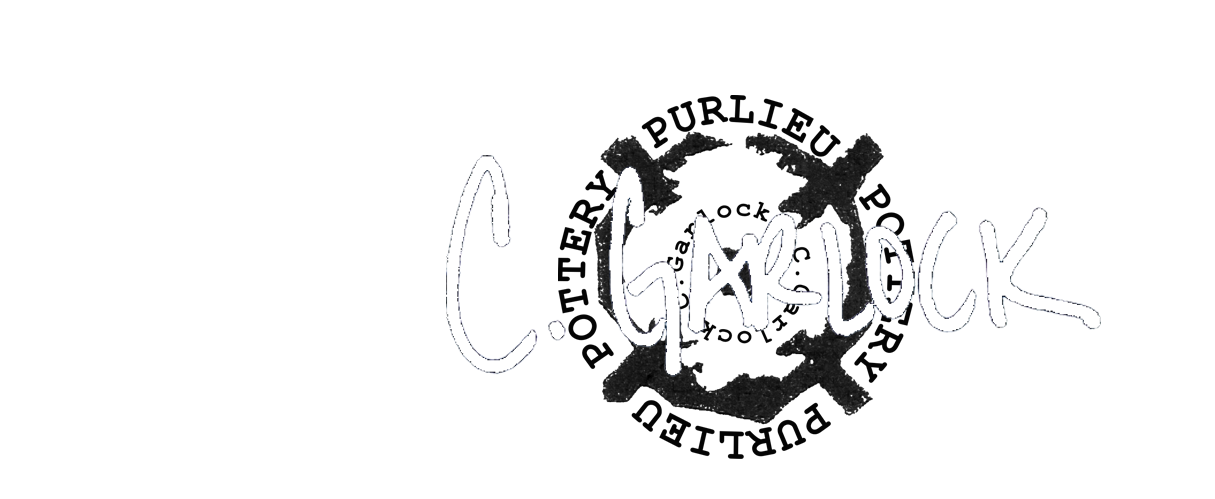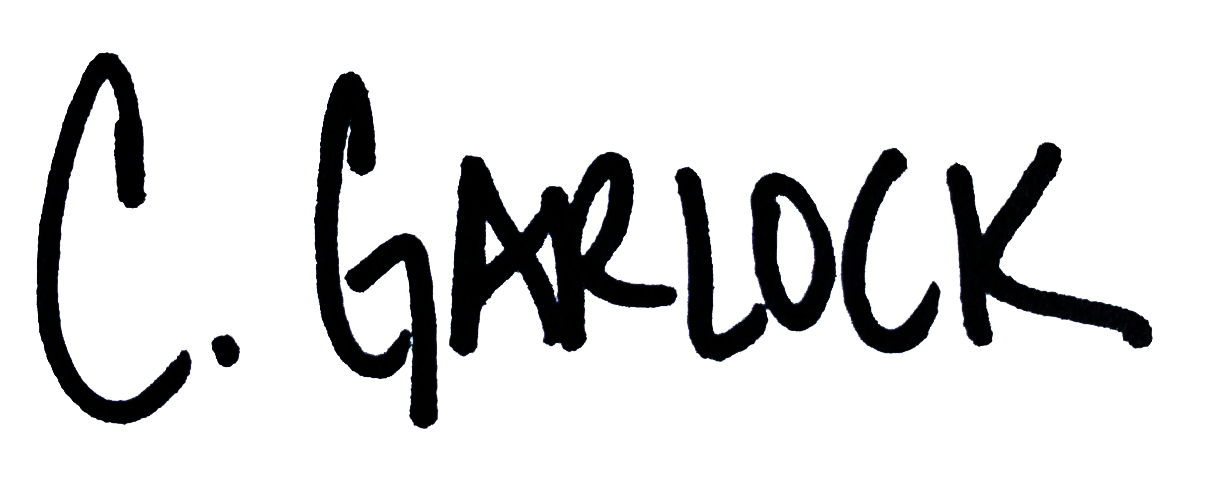Unravel:Time 2022/Omar for Walla Walla 2008/Polar Co-Ornamen 2011
This is the first essay in which I am revisiting artwork and connecting my visual journey. It’s homework for my upcoming retrospective at the Lilley Museum June 25-July 31, 2024.
Unravel:Time 2022/Omar for Walla Walla 2008/Polar Co-Ornamen 2011
Mixed media ceramics sculpture
Mixed (digital color photo printed on Epson 2200, walnut oil glazes, screenprint, resin, wood)
Viscosity linocut, Photopolymer intaglio
Looking back at this work reminds me of my ongoing fascination with technology and fear. I remember there were a couple of important print exchanges that I had organized in 2006 that investigated this concept. The first, an international print portfolio exchange titled Body/Body Question invited artists to explore issues of humanity as relational to interactions with technology. The question prompt given to each artist – “How has technology impacted intimacy and how does it affect personal/social growth?” Artists explored many issues – past, present, future – focusing on how technology was being used to manipulate the human form and how technological advances ultimately have changed the way we communicate and interact with each other.
During this period, I was exploring how we define ourselves through media saturated “roles of sexuality” and thus I was beginning to challenge the limits of sexual classifications. I was working on the “Social Utterances” and the “Postures and Parts: Male Nude” series in 2006, thus the process of creating work consisted of revealing, unveiling, and accepting the desires we have for one another, regardless of sex and gender.
The second print exchange came at the emergence of Printmakers’ Conspiracy, a social group that brought our regional printmakers together in order to share techniques and support one another. It was also a reunion between myself and Jim McCormick, my first printmaking professor at the University of Nevada who had influenced a lot of my deep attachment to the grid. This print portfolio exchange explored concepts of fear transmitted through mass media technology, predominantly mainstream television. Artists are asked to investigate the impact fear has on our culture, within the framework of popular TV shows, including but not limited to reality shows, news broadcasting, night-time dramas like CSI and Law and Order. Questions asked, “How has popular TV shows affected our cultural psyche? How and why have they contributed to our need for security, both private and social? How do popular TV shows perpetuate stereotypes and continue to exploit our fears of body image, social interactions, and the ‘other’?” Jim and I co-organized Fear Factor...y Print Portfolio Exchange as a way to connect local and regional artists. The print exchange format was a new concept for Jim and it was exciting for me to be the teacher to my mentor, traveling full circle.
The circle- At the time, this icon wasn’t anything I was conceptually aware of, but it did start to creep into my work in 2008. Now, I reflect on this symbol as symbolically becoming a loop, elements rotating and connecting past to present. There was this moment of giddiness and pure excitement when I cut and pasted in Photoshop the “Omar” figure, positioning his repeating form into a circle. I spent a week repeating this technique, positioning my male nude photos into circles, thus creating a new direction of thought – the “ORNAmen” series. I was breaking away from the rigid grid format and introducing ornamentation and playfulness which would hold my interest for the next 5 years. I think it is important at this time to explain ornamentation and how that begins to appear in my work. I can still remember seeing an advertisement in a magazine where ornamentation was being used in the design. I was drawn to this design. Let’s just say it sucked me in. I then began to notice it in a LOT of advertising. There was a deeper need, I think to use ornamental shapes in my work, too. At the time, I felt that ornamentation signified embellishment, decoration; The purpose was nothing more than to make something more beautiful (A woman’s role.) So of course, what did I do? I turned it around a bit – Men as ornamental objects.
2011- While having a lot of fun exploring new printmaking techniques in the years 2006-2011, I was beginning to also experience some strange “stuff” happening in my mind. I say mind instead of body, because that’s how I remember explaining my symptoms…it was all in my “head.” I would be in a state of dizziness, but thinking I was just anemic. I would feel so tired but told myself to push through it. I would get disoriented. “It was all in my mind. It wasn’t real.” In the fall, 2011 I first had a strong headache that permeated through 10 Advil pills a day. I was living in my studio on Dickerson Road, just barely staying above water financially so I didn’t want to go to a doctor. I just told myself it would go away. Lots of Advil! One day, there was a sharp pin prick of pain that then radiated from my upper neck to the top of my head. When my daughter insisted that I go to the emergency room, I convinced the doctor at the time that it was probably a spider bite. That was the first visit to the emergency room. I then developed vertigo along with the headache and couldn’t really walk well. It took a month of many trips to the emergency room before a doctor ordered an MRI that revealed lesions in my brain.
Being diagnosed with multiple sclerosis (MS) significantly changed my art. MS is a long-lasting (chronic) disease of the central nervous system. I didn’t even know what that was or what it meant. It was scary but at the same time empowering because I had visual proof that I wasn’t crazy or that my symptoms weren’t just in my mind. The next 10 years, my work weaves in and out of this experience. The grid reappears but is unraveling, a testament to acceptance, of letting go of control. The large-scale male nudes disappear because I could no longer create them. Ceramic sculptures began to appear because I could “feel” the clay and the clay allowed me to express the circle as the body transformed.


